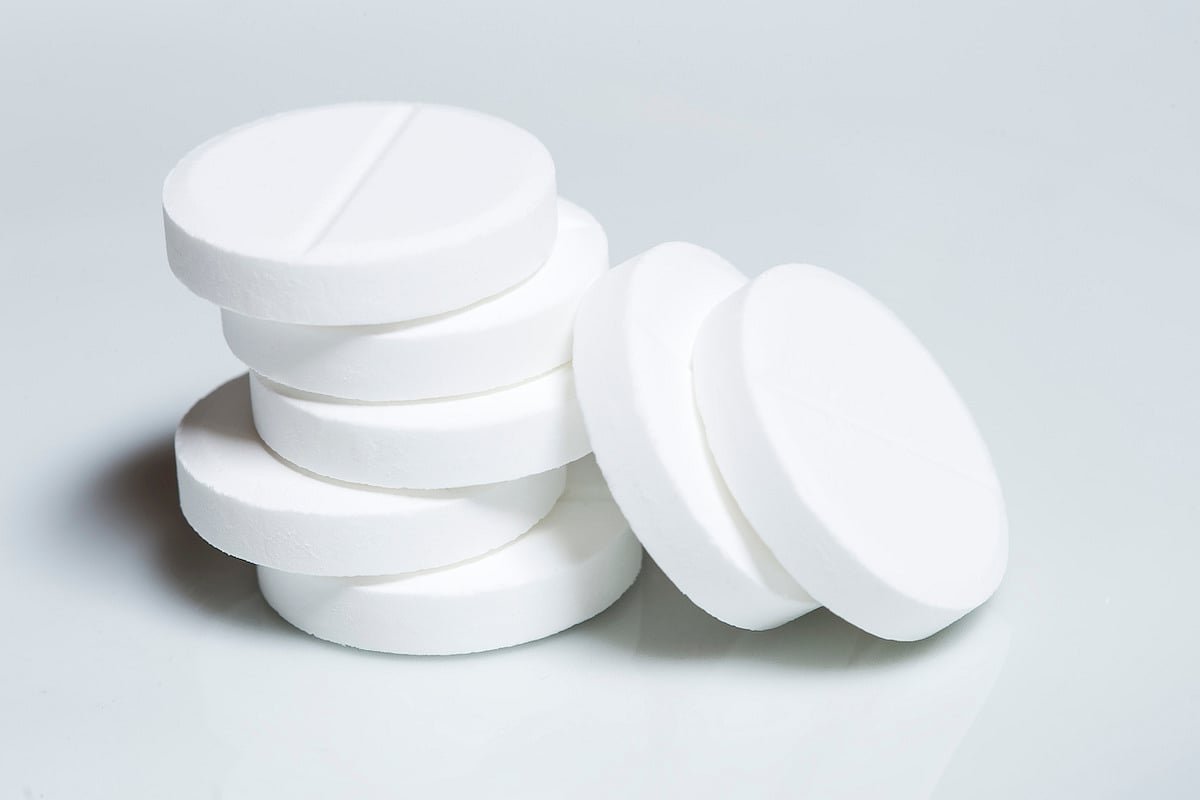Among patients with skin and soft tissue infections (SSTIs), a MRSA nasal screen was 63.6% sensitive and 93.9% specific for MRSA SSTIs.
“The 2014 Infectious Diseases Society of America (IDSA) guideline for the management of skin and soft tissue infections (SSTIs) recommends empiric treatment of MRSA for moderate to severe purulent SSTIs and for severe non-purulent SSTIs,” Elizabeth A. Feldman, PharmD, BCPS, BCGP, and colleagues wrote. “Since that time, MRSA nasal screening has been employed in other conditions as a de-escalation tool and is specifically addressed in the most recent IDSA guideline for the treatment of community-acquired pneumonia.”
Currently, no guidelines address the use of MRSA nasal screening for SSTIs, although several small studies have examined MRSA nasal screening for predicting MRSA SSTIs with mixed results, according to the study authors.
To address this research gap, Dr. Feldman and colleagues examined the predictability of MRSA nasal screening among patients with SSTIs in a single-center, retrospective cohort study that was published in Annals of Pharmacotherapy. The researchers enrolled adult patients with MRSA with nasal screen and wound culture results that were acquired within 48 hours of starting antibiotic therapy. They assessed outcomes with sensitivity, specificity, positive predictive value (PPV), negative predictive value (NPV), positive likelihood ratio (PLR), negative likelihood ratio (NLR), and pretest and post-test probabilities.
MRSA SSTI Prevalence Rate of Nearly 20%
The analysis included 300 patient encounters that were reviewed between December 1, 2018, and October 31, 2021. More than one-half of the patients included were men (60.3%) and the mean age was 56. Abscess was the most common infection diagnosis (n=108), followed by cellulitis (n=50) and ulcer (n=41), and nearly one-half of the infections (42%) were located on the lower extremities.
Dr. Feldman and colleagues reported a MRSA SSTI prevalence of 18.3%. They determined the MRSA nasal screen to be 63.6% sensitive and 93.9% specific for MRSA SSTIs. The PPV of the MRSA nasal screen was 70%, with a PLR of 10.39, and the NPV was 92.0%, with an NLR of 0.39.
The prevalence of MRSA SSTIs among patients with purulent SSTI was 21.7%, and the MRSA nasal screen was determined to be 67.6% sensitive and 93.5% specific for MRSA SSTIs in this cohort, according to the study results. The PPV of the MRSA nasal screen was 74.2%, with a PLR of 10.4, and the NPV was 91.3%, with an NLR of 0.34.
A positive MRSA nasal screen heightened the positive post-test probability for MRSA SSTI from 14.7% to 63.2% among patients with non-purulent SSTIs. Post-test probability for MRSA SSTI fell from 14.7% to 7.3% in patients with a negative MRSA nasal screen.
“Our study had sensitivity (63.6%), specificity (93.9%), PPV (70%), and NPV (92%) comparable to previous studies,” Dr. Feldman and colleagues wrote. “More importantly, the PLR (10.39) and NLR (0.39) of MRSA nasal screening were consistent with previous research, as were its effect on post-test probability for an MRSA SSTI.”
MRSA Nasal Screen Associated With MRSA SSTI Results
The study team acknowledged certain limitations of their study, including the retrospective nature of the investigation and the inclusion of patients with wounds that could be cultured, which may mean that the results are not applicable to those with non-culturable SSTIs.
Overall, however, the findings showed that a positive MRSA nasal screen was associated with a large increase in the probability of MRSA SSTI, while a negative MRSA nasal screen was associated with a “small but potentially significant” reduction in the probability of MRSA SSTI, Dr. Feldman and colleagues noted.
“These results augment existing literature in this area and may further improve empiric antibiotic therapy guidance for patients with SSTIs,” they wrote. “Additional data are needed to determine the clinical role of MRSA nasal screening in guiding SSTI antibiotic therapy.”
Key Takeaways
- In an analysis of 300 patient encounters for SSTIs, the prevalence of MRSA SSTI was 18.3%.
- The results demonstrated sensitivity (63.6%) and specificity (93.9%) for MRSA nasal colonization that was comparable to previous studies.
- The findings may improve guidance used for prescribing empiric antibiotic therapy in patients with SSTIs.
- Future research should assess the clinical role of MRSA nasal screening as a guide for SSTI antibiotic therapy





















Create Post
Twitter/X Preview
Logout